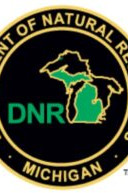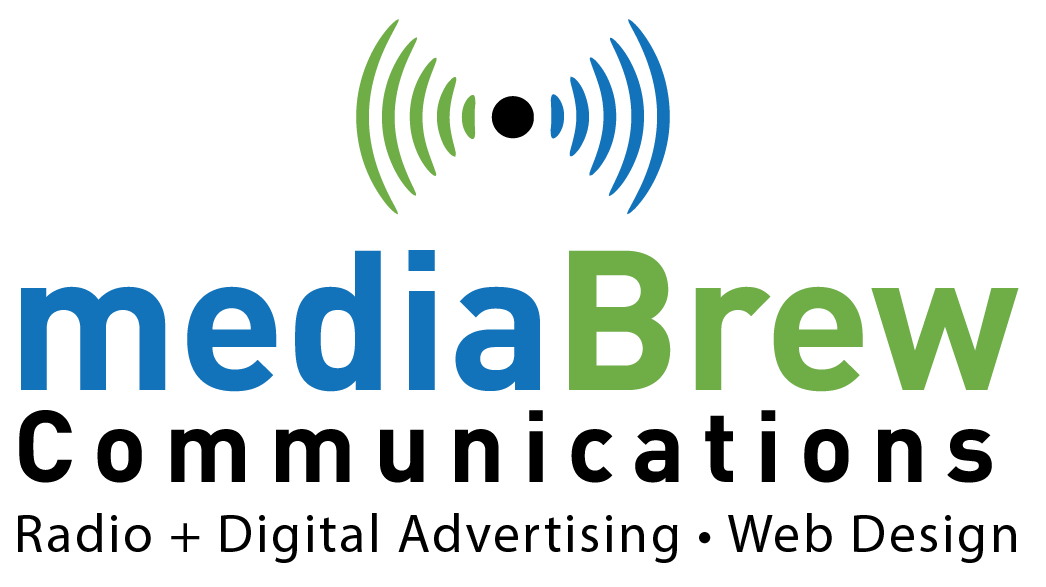
Upper Peninsula Weekly Fishing Report – August 4, 2021
| Ontonagon: Anglers were starting to pattern fish between 50 to 100 feet of water; however, depths and colors were sporadic. Lake trout were the primary catch with brown trout and coho sprinkled in. This time of the year anglers are typically using spoons, but color and size varies depending on temperature, water clarity and depth. The Ontonagon River continued to be fussy with the rains received over the previous week. Anglers were finding a few nice walleye while jigging and trolling but it was taking some time and sorting to get to the nicer fish. The river was warm and muddy, meaning slower presentations seem to be working better.
Keweenaw Bay: Anglers found some lake trout and coho salmon while trolling. Other anglers had success while fishing the shores for yellow perch and northern pike. Fishing was mostly successful in the mornings or in the evenings. Marquette: Limits of lake trout were reported. Most success occurred between 150 to 180 feet of water. A fair amount of coho were caught. A Chinook and a few steelhead were also brought in. Au Train: Lake trout were caught by anglers while trolling. The jig bite was slow. Munising: Most anglers were targeting lake trout with best results at West Channel White Rocks, Wood Island Reef, North of Grand Island and Big Reef. There were reports of fish over 15 pounds with most averaging around 3 to 4 pounds. Fish were on the breaks or on top of reef areas with best depths around 120 feet. Anglers were using a combination of flies and spoons with a few pump rods out targeting rainbow trout and coho. There were a few scattered reports of rainbow trout and coho but in general it was pretty slow for those species. Grand Marais: Anglers were doing well fishing for lake trout with most reporting limits. Fish were averaging around 3 pounds with a few 10+ pounds. Best areas to fish were towards AuSable, Five Mile Reef, Big Reef and first breaks outside the harbor. Depths varied from around 100 to 160 feet. Anglers were having success with a combination of flies and various spoons or by using cut bait. A few anglers were trying for coho with only a few fish reported. Little Bay de Noc: Walleye fishing was showing positive signs for future improvement as the alewives have reportedly started to make their way farther south. Smallmouth bass anglers were having mixed success. Perch anglers were fishing shallow, around 10 feet of water. Trolling crank baits was the most popular method of walleye fishing. Bass anglers were casting or drifting natural-colored, soft plastics. Big Bay de Noc: Bass fishing was excellent. Most anglers reported a fair to good number with some reporting respectable sized fish. In Fairport, anglers were trolling around the islands in 100 to 180 feet of water. There were also reports of multiple Chinook and steelhead being caught. South Portage Entry/ Big Traverse Bay: Anglers did well in Big Traverse Bay while trolling and jigging. Some anglers caught pike and perch from shore while casting with artificial and real worms. The main catch from these ports was lake trout and most were caught in deeper water. A few coho salmon found their way onto boats from anglers trolling at shallower depths. St. Ignace/Les Cheneaux: Anglers were catching perch and walleye in the rivers. In the Les Cheneaux area, anglers were catching perch at the pier in Hessel using leeches and leaf worms. Anglers were also catching a few walleye within snows channel. |
Fishing Tip: Understanding water temps & their impact on fishingWe bring you this oldie, but goodie fishing tip from 2014. Courtesy of Suzanne Stone, the Program Support Section manager out of Lansing. As Michigan’s inland lakes warm up in mid to late summer, knowledge of a water body’s temperature stratification becomes helpful for fishing. Seasonal temperature influences in lakes form different zones, and as a result, different temperature ranges and oxygen levels are associated with these layers. Knowledge of these layers or zones can lead to increased angling success. The warm surface zone is called the epilimnion and has an abundance of oxygen. The bottom zone is called the hypolimnion and is typically cold and depleted of oxygen. The middle zone is the thermocline and the point at which warm oxygen rich top water is separated from the cold, oxygen depleted water below. The thermocline may prove to be a great depth at which to fish due to the abundance of oxygen and temperature found “in between” very warm and very cold. This ideal zone in most Michigan inland lakes typically will be between 10 to 30 feet, depending on lake size and depth. Just like us humans, fish need oxygen to breath and many don’t particularly like to be too warm or too cold. If fishing in shallow water bodies, look for shaded areas provided by large floating vegetation, overhanging vegetation, submerged logs, or other woody debris which provides water that is a little cooler and cover, where many fish species prefer to spend their time. Also don’t forget to try fishing at night during the summer “doldrums” when water temperatures reach seasonal highs. Many fish species become active at night with relief from the daytime sun and heat. |
The post Upper Peninsula Weekly Fishing Report – August 4, 2021 first appeared on Broadcast-everywhere.net.

Comments (0)